Optimizing the Senses: A Guide to Edible Landscaping
Optimizing the Senses: A Guide to Edible Landscaping
Did you know that landscaping can effectively become a feast for the senses? Your outdoor spaces can heighten and optimize your senses with vegetation and plants that not only look great but also smell and taste great. First, you can enjoy the forms and colors of your plant life, then as you near closer you can experience a sensory explosion with the different scents of herbs and flowers. Closer still, you can experience the complex tastes of unique vegetables, fruits, and berries. In this article, we’ll discuss how to optimize the senses with edible landscaping and what sense-heightening, edible plants to consider including.
Edible Landscaping
An edible landscape is a body of natural plants and flowers chosen for their powerful range of looks, smells, and tastes. Growing both crop-yielding and decorative plants together isn’t a new idea. Generations, from its introduction to the present day, continue to revive it. Ancient Egyptian and Babylonian populations optimized the different senses in their gardens by including edible landscaping plants. In the 10th Century, monks from the Order of Saint Benedict created gardens lined with roses alongside various sense-heightening herbs. During the Renaissance, people started to intentionally separate explicitly ornamental plants.
A traditional form of edible plant landscaping is called a potager. A potager is a kitchen garden, whose roots lie in France during the 16th and 17th Centuries. The intention for these modest container gardens was to supply various herbs for soups. However, these gardens expanded gradually into bigger plots with more extensive plant varieties. These larger plots were similar to edible landscapes as we know them today. Today, some of the edible plants to add to your landscape are artichokes, eggplant, beans, peppers, onions, chives, garlic, herbs, fruit trees, berries, nuts, and edible flowers, including amaranth, bay laurel, and catmint.
Artichoke
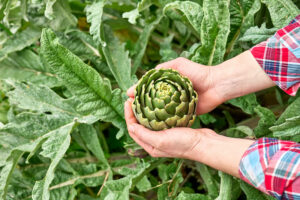
These plants and their thistles, or cardoons, serve as imposing landscaping plants worthy of a spot in your garden space. With a unique saw-toothed appearance and green, purple, and silver coloration, artichokes can add the perfect visual elements while attracting animals less.
Eggplant
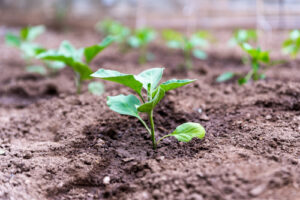
Avoided by many four-legged animals, eggplants can provide your landscape with stunning purple. When you place eggplant among scented flowers, you also decrease the risk of flea beetles and other pests damaging them. Try adding some eggplant into your flower borders.
Beans
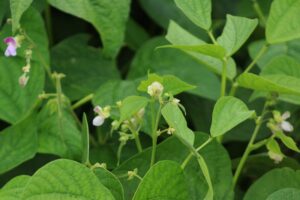
Beans make for a highly attractive landscaping plant to optimize the senses and bring in unique vegetation and beautiful bean flowers. With the right gardening accessories, you can easily maintain your bean varieties. Consider adding a decorative structure for some additional height.
Peppers
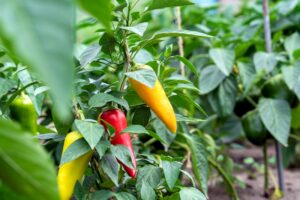
For more color choices, add some pepper varieties into your edible landscape. Green, yellow, orange, and red can bring in some bold colors. You can also explore many different tastes with this choice. There are many sweet and hot pepper varieties to try with these ornamental plants.
Onions

Largely safe from mammals and small insects, onions are a great addition to your edible plants. With a strong scent for your edible garden, onions also have blue-green leaves to give your garden some unique leaves alongside your other plant varieties. They also have strong roots.
Chives

Closely related to garlic and onions, chives grow long stems and a not-too-pungent, mild flavor. They go great in a variety of dressings, soups, dips, and a range of potato and egg-based dishes. Not only are chives highly aromatic, but their blossoms are also edible and colorful.
Garlic
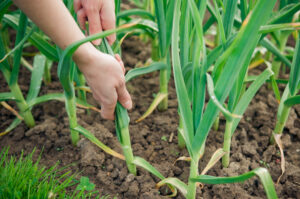
Garlic also goes great in many dishes and provides a wonderful aroma to optimize your senses while outdoors. Like countless other root vegetables, garlic is very easy to grow and flourishes without a lot of care, making it an ideal low-maintenance landscaping choice for your garden.
Herbs

There is a great deal of aromatic, visually stunning, and deliciously edible herb choices to choose from. Some of the best herbs for edible landscaping are thyme, rosemary, oregano, sage, basil, cilantro, parsley, and ginger. Lavender is an aromatic, edible, and colorful choice.
Fruit Trees
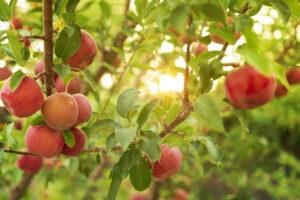
For a range of colorful choices, fruit trees are the perfect addition. You can also explore colors to match your aesthetic or business if they’re for a commercial space. Some of the best fruit trees for edible landscaping are persimmon, olive, pear, fig, peach, orange, and other citrus trees.
Berries

One of the best advantages of adding fruit trees or berries to your edible landscaping is they need very little care, and many look good for three seasons. You can explore a range of colors with berries as well. Some of the best berries for this are blueberry, mulberry, and raspberry.
Nuts

For any nut-lovers, one or more nut types added to your edible landscape can provide you with some unique aromas, delicious tastes, and distinct brown shades. Some top options for nut types are almond, hazelnut, chestnut, walnut, and pecan. Each is a nice choice for the senses.
Amaranth
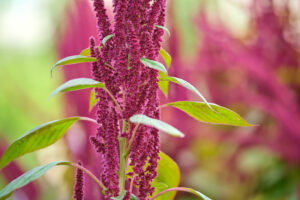
Easy to grow, amaranth is a flower to optimize the senses with gold, purple, green, and red shades. It has tall flower spikes and feathered blossoms that look distinct against a green backdrop. You can use amaranth in stir-fries or wait and harvest the tasty seeds.
Bay Laurel
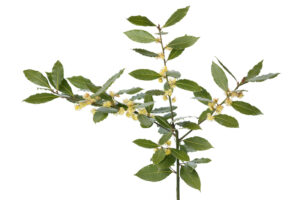
A relative of the sassafras and avocado trees, bay laurel has dark green leaves and can grow to a height of 25 to 60 feet. You can also enjoy more of the growing process by growing the seedlings yourself.
Catmint
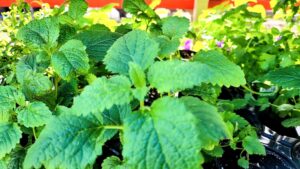
Although not the same as catnip, catmint can entice cats and humans alike with its scent. Catmint is a semi-shrub landscaping plant that is heat-tolerant, long-blooming, and delightful in teas.
Optimize the Senses With Edible Landscaping
There are many great landscaping plants you can use to optimize the senses in your outdoor spaces. Consider this range of vegetable, herb, fruit, nut, and flower varieties for your edible garden space. With these and endless other choices, Apex Landscaping can help you create a customized landscape design your senses will love for many seasons.
